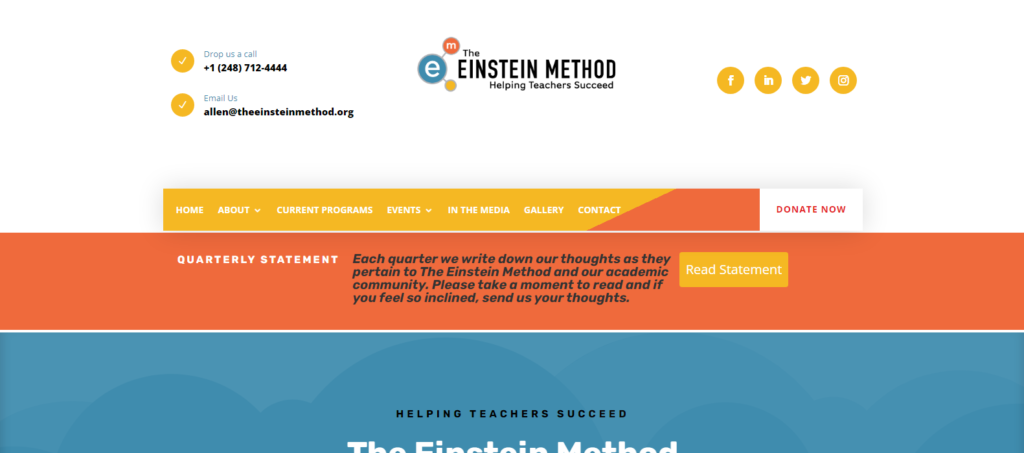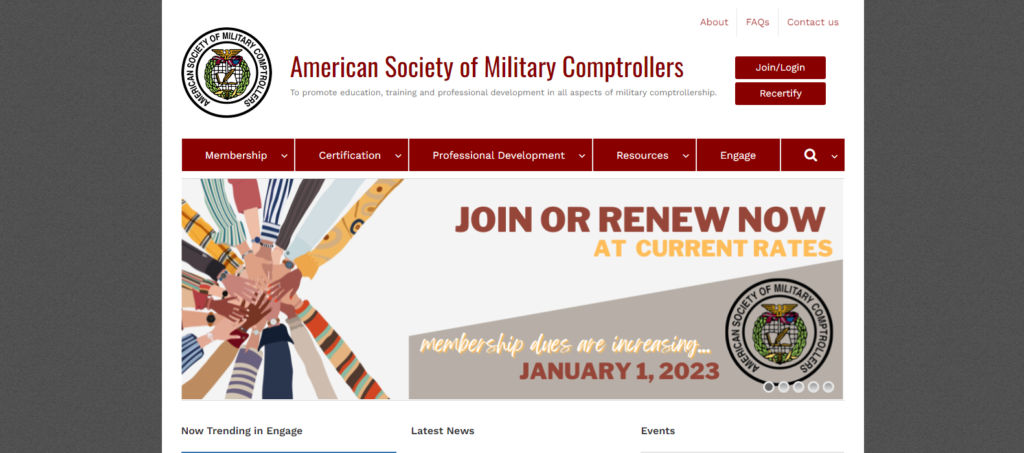Website Terminology Glossary
AJAX
AJAX, or Asynchronous JavaScript and XML, is a web development technique that allows web pages to update content dynamically without requiring a full page reload. It uses a combination of technologies, including JavaScript, XML or JSON, and XMLHttpRequest, to send and receive data asynchronously between the web server and the user’s browser.
Here are some advantages of using AJAX in web development:
Improved user experience
AJAX allows web pages to load and update content dynamically, without requiring a full page refresh. This can result in faster and smoother user experiences, with less waiting time and a more seamless interaction with the website.
Reduced server load
Because AJAX allows web pages to retrieve and update content asynchronously, it can help reduce the amount of server load and bandwidth usage required for each user interaction.
Increased interactivity
With AJAX, web developers can build interactive and responsive user interfaces that update in real-time based on user input or other events.
Reduced development time
By using AJAX, web developers can build complex web applications with a lot of functionality without having to create multiple pages or load a lot of data. This can help reduce development time and make it easier to maintain and update the code.
Better search engine optimization
AJAX can be used to build web pages that have more dynamic content without sacrificing SEO. This can help improve search engine rankings and drive more traffic to the website.
AJAX can be a powerful tool for web developers, allowing them to build dynamic and responsive web applications that offer a better user experience and improved functionality.
Need Help With AJAX?



































